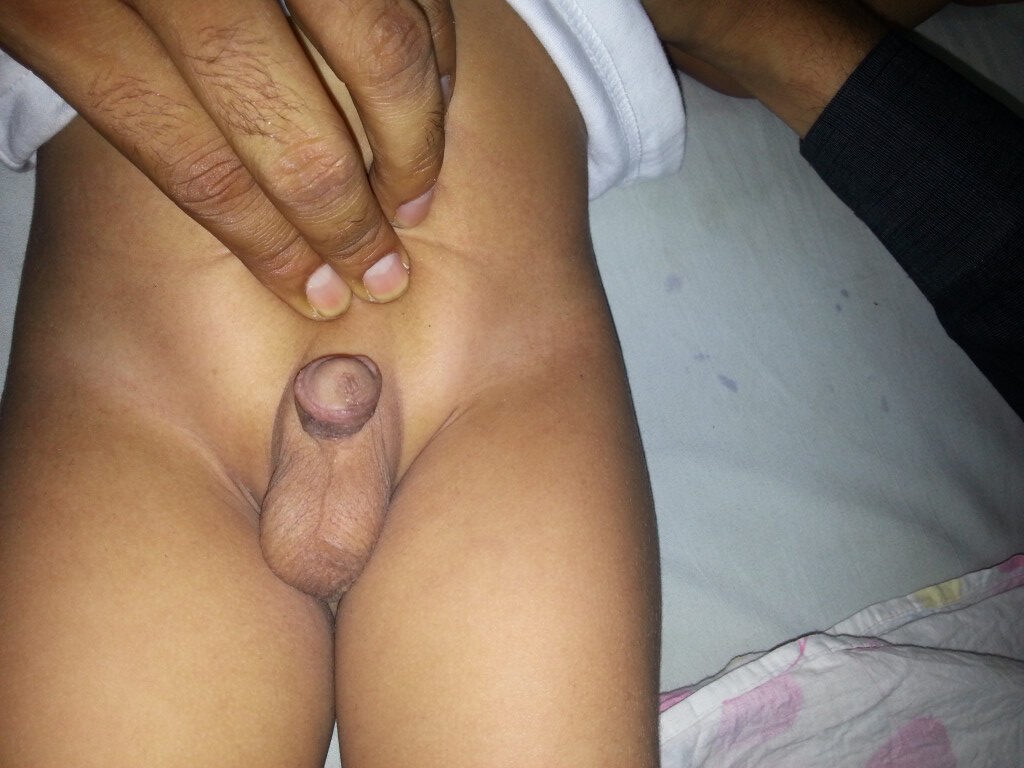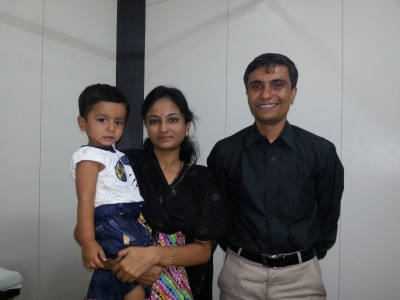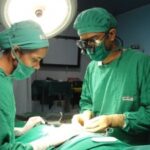Hypospadias is often diagnosed at birth or in the first few weeks when a pediatrician does a general examination. It may be a time of great anxiety for the parents when they learn that their child has a urological abnormality which may need surgery. The word surgery may be itself be scary and on top of that surgery on a child and that too on penis. That being said, results of hypospadias repair procedure are very good now, mostly with a smooth pre surgery and post surgery course.
Parents often wonder about what needs to be done before the hypospadias surgery in terms of preparation. Hence, we have tried to put some of this information in this blog which is more general in nature as the specific information can be only shared by the actual hypospadias expert surgeon managing the child.
Before the surgery, besides the usual tests for fitness to make sure that the blood parameters are fine, we always ask for thorough examination to make sure that the child is not having any other concurrent illness such as respiratory, skin or intestinal infection. If the examination and the tests are normal, then we sit with the family and fix up a date for surgery. If the date is far out, we call for another review one week before surgery to ascertain that everything is ready for surgery. Sometimes the parents and families are travelling to us from a long distance away from within India or other countries, then we try to conduct a phone call one week before the hypospadias repair. In our pediatric urologist services, we try to keep hypospadias operation as the first case every day. This ensures that the staff is in the best of their spirits and best of their energy.
- Empty stomach: The child needs to be empty stomach for atleast 4 hours for breast milk and 6 hours for solid foods/ breads on the day of surgery before surgery. This is a mandatory safety precaution to prevent vomiting during anesthesia. Keeping a 6 months or a one year old child hungry for 4 hours is not an easy task. Infact some of the parents are more worried about keeping a young child hungry than the actual surgery but this is something which is non-negotiable. Often we give the child light sedative syrup 1-2 hours before surgery to help the baby sleep.
- Bathing: We ask the parents to give the child a bath on the morning of hypospadias operation as it will be difficult to give a formal head to toe bath for next 5-7 days after..321 surgery.
- Potty: Some of the children may be a little constipated, we advise parents to give a glycerine suppository or a laxative the night before so that the child has an empty bowel. Post hypospadias surgery, local pain often leads to a temporary constipation.
- Admission: In a hospital with daycare facility, we admit the child for hypospadias operation at 6:30am -7am. If the parents live farther away from the hospital or the hospital doesn’t have a daycare facility, we like to admit the children the night before surgery. At Hypospadias foundation in Navi Mumbai, India we mostly admit the children in the morning of the surgery itself unless the parents live more than 50km away or do not have a means of traveling early in morning.
- Clothes: Children are changed into hospital clothes appropriate for their age on the morning of surgery. Make sure that the iv canula is inserted after changing of clothes.
- Sedation: If the child is irritable while staying hungry we either advise a pacifier or a light sedative syrup till the time of anesthesia.
- Induction: Crying child is not a good sight just before hypospadias surgery for the parents or the hypospadias doctor. If the child has an iv line, anesthesia team often administers a small dose of premedication to help sedate the child before shifting to operation theatre.
- Consent: Before hypospadias surgery is started, family has to fill up an anesthesia and a surgery consent form which is quite detailed in general. Sometimes the parents get alarmed on seeing the form. But please feel free to ask us about any doubts which you have. We always have the best of intentions and efforts to get your baby back home safely after hypospadias surgery.
We must understand that getting the child with hypospadias fully cured is a team effort and it needs devotion and patience from both the family as well the surgical team. We at Hypospadias Foundation are committed towards making the whole hypospadias treatment experience seamless, less bothersome, more baby friendly and easy for the families. This also translates into better results sheerly stemming from deep interest in wellbeing of babies with hypospadias.
Please contact us if you have any questions for us by submitting your query here. Dr Singal and his team will be more than happy to help.
Dr A.K.Singal is a renowned and one of the best Pediatric urologist’s in Indian subcontinent. He is known for excellent results and devotion to managing children and adults with hypospadias and Disorders of sex development. He runs his urology and hypospadias clinics in Navi Mumbai and Mumbai area of western India. Dr Singal is outspoken advocate of achieving best results for hypospadias both clinically and psychosocially.
Contact Form for Hypospadias Foundation
Please fill all clinical details and upload pictures and clinical summaries (if available)



